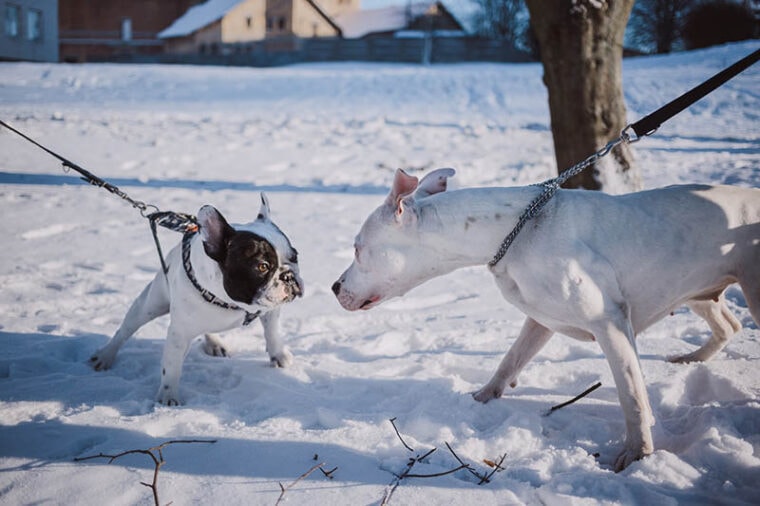
Dogs are known for getting excited when they come into contact with new people or dogs they don’t know. While this is a very common reaction, it isn’t an easy one to handle when the two of you are out on a walk. You’ll also find that an impromptu greeting between two dogs who aren’t acquainted can result in aggressive behavior and even fear in one or both animals. To avoid these types of issues, it’s best to teach your pooch how to greet other dogs calmly and safely.
If you want a dog that understands the basics of proper greeting and enjoys showing off its good manners, the following tips and tricks can help you. By working with your dog and encouraging them through the training process, you can get your dog ready to greet others in a way everyone involved will appreciate.
Before You Begin
Your dog should be ready to greet other dogs. If you find that your dog has issues with their behavior when other dogs are involved, you should wait before you start greeting other pets. If your dog is overly excited, aggressive, or likes to leap and jump the instant they see another dog, continue working on their basic training until you are comfortable that they will follow your commands. When you feel your dog has reached this point, then you can follow the steps below to help them greet other dogs calmly.
The 10 Steps to Teach Your Dog to Greet Other Dogs Calmly
1. Know Your Basics
Basic commands are important for your dog to understand before you step into more advanced training methods. Your dog should know commands such as “sit”, “stay”, “heel”, and “leave it”. If your dog isn’t familiar with these commands or is struggling with their basic training, they could easily instigate a fight or other issues if allowed to greet other dogs too soon.
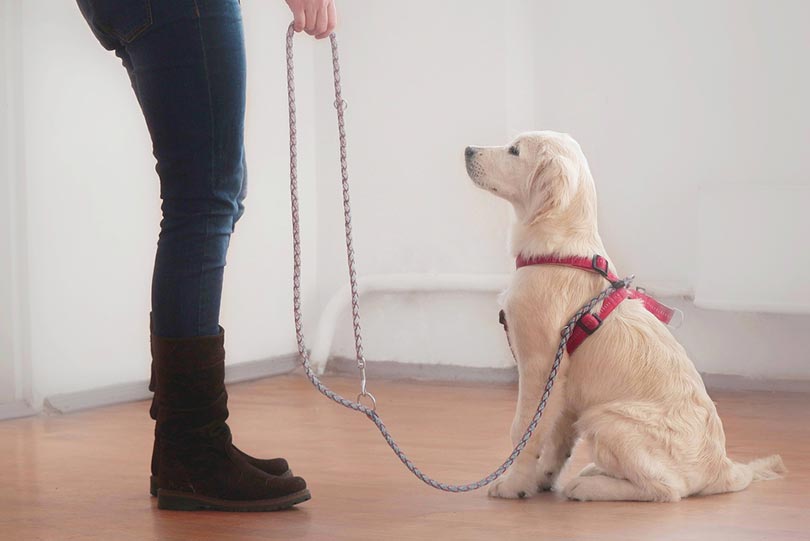
2. “Watch”
The first real step in teaching your dog how to greet other animals is the command, “watch”. This command is a way to build trust between you and your pet. When your dog hears this command, they put their eyes, and trust, on you. Following this command is your dog’s way of allowing you to handle the current situation. Until your dog has mastered this command, work on greeting animals should wait.
3. Get Help
It’s impossible to teach your dog how to greet other dogs without a bit of help. Reach out to friends who are dog owners and find one that has a well-trained dog. If their dog does well with commands, new situations, and new dogs they could be the helping hand you need. Working with one of these well-mannered dogs will allow your dog to learn without the situation turning bad and leaving your pet scared of this new situation.
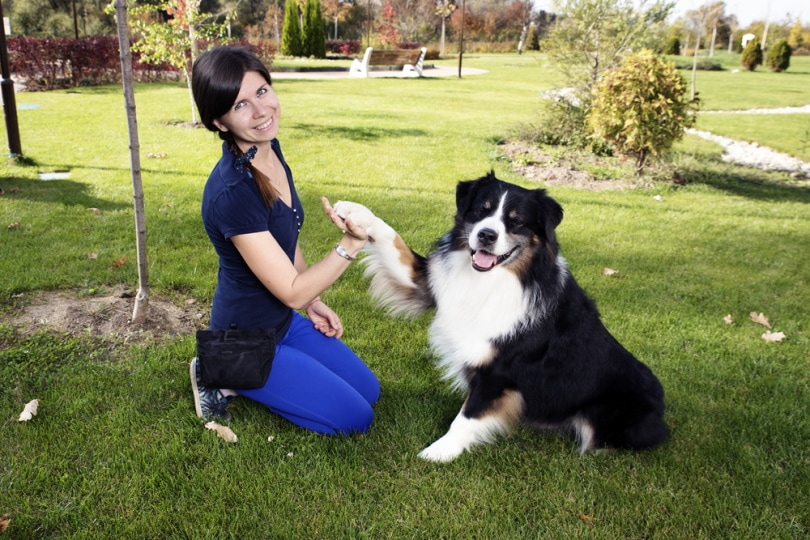
4. Prepare Your Dog
Before you start new training with your dog, they should be ready for the situation. To do this, it’s important to put them through their training paces. Have them follow a few commands they already know. This shows you they are paying attention to the process and are ready to take on something new.
5. Get the Dogs in Place
When training starts, the dogs should be positioned properly. Both dogs should be able to see one another, but not get close. Using roughly 12 to 24 feet of distance will allow the dogs to understand that another dog is near but not get them close enough to cause a situation to arise.
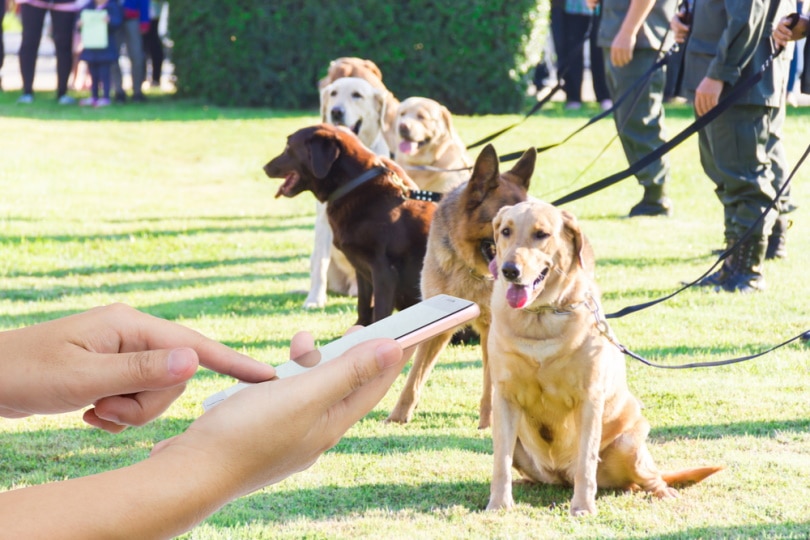
6. Perform a Few Commands
Once your dog sees the other dog is around, have them perform a few commands to show they are still focused. This will give you and the owner of the other dog peace of mind. Your dog will also realize training and commands need to stay in mind during this interaction.
7. Start Your Approach
This is the tricky part. If your dog isn’t showing any signs of bad behavior, advance toward the other dog a few feet then stop. At this point, you should follow the command session we mentioned in step 6. If your dog continues to do well, move forward a few more feet, then repeat step 6. If your dog shows any signs of bad or inappropriate behavior, stop immediately and back away a few steps. This shows your dog that if they don’t follow the commands, they will be taken a few steps back. Be prepared with this step, however, as it can take some time to complete.

8. The Initial Greeting
When your dog has successfully made it through step 7 and the dogs are near one another, it’s time for an initial greeting. For this, you want to allow the 2 dogs a chance to sniff one another. This interaction should be completely friendly and non-aggressive. If either dog shows too much excitement like jumping or pawing, or any aggressive behavior, put an end to the sniff greeting. If things go well, let the dogs interact for a bit of time. This is where your “watch” command will come in handy. If need be, use it to calm your dog and put their attention back on you for guidance.
9. Time to Say Goodbye
If your dog does well with the initial greeting, you may be tempted to allow them to stay for an extended period. For their first time, however, this isn’t a great idea. After a minute of interaction, it is best to say goodbye to the dog that is helping you with the training. With this being your dog’s first time, they could easily get too excited and begin to react badly. Keeping the first interaction brief helps keep the relationship between your pet and the helper dog on good terms.
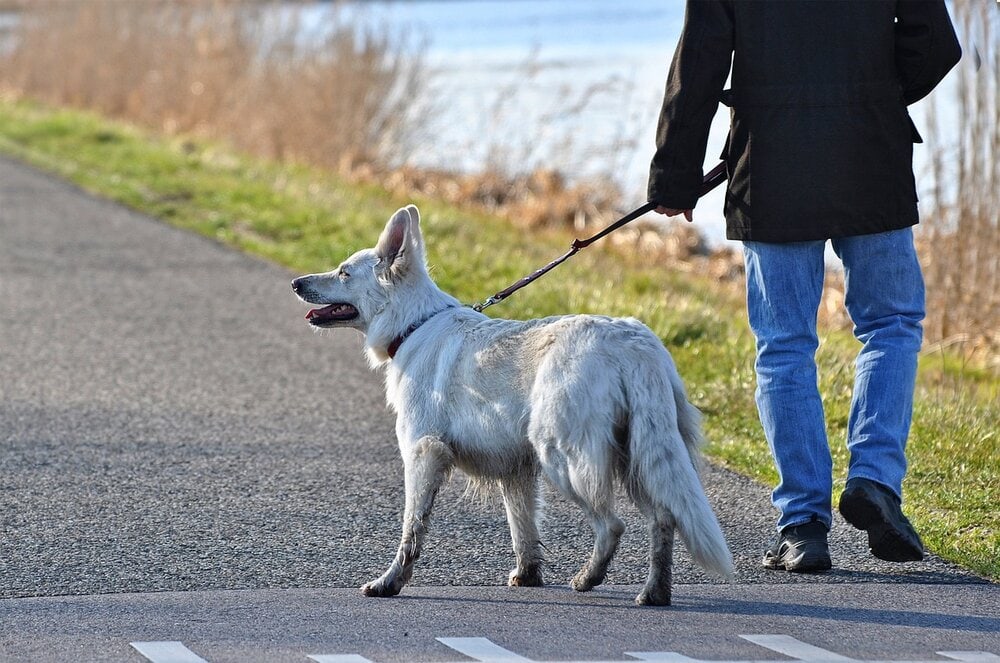
10. Continue the Training
When your dog completes a successful first interaction, then it’s time to continue its training. Following these steps 2 to 3 times per week is a great guideline. If each interaction goes well, you can then consider bringing in other well-behaved dogs to give your pet other friends to interact with.
Final Thoughts
By taking the time to properly train your dog and work with other dogs 2 to 3 times a week, you can help your dog learn the ins and outs of proper greetings with other dogs. This will open up a new world to your dog where they can visit the outside world more. You’ll feel more at ease when you see a dog at the park or on the street and trust that your dog knows how to properly interact with the other animals around you.
Featured Image Credit: freestocks, Unsplash






